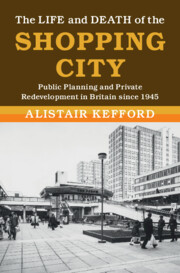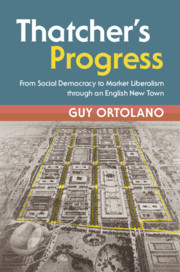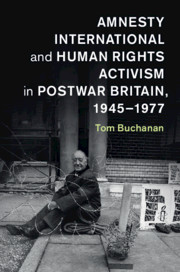The Life and Death of the Shopping City
How have British cities changed in the years since the Second World War? And what drove this transformation? This innovative new history traces the development of the post-war British city, from the 1940s era of reconstruction, through the rise and fall of modernist urban renewal, up to the present-day crisis of high street retailing and central area economies. Alistair Kefford shows how planners, property developers, councils and retailers worked together to create the modern shopping city, remaking the physical fabric, economy and experience of cities around this retail-driven developmental model. This book also offers a wider social history of mass affluence, showing how cities were transformed to meet the perceived demands of a society of shoppers, and why this effort was felt to be so urgent in an era of urban deindustrialisation. By bringing the story of the shopping city right up to its present-day crisis and collapse, Kefford makes clear how the historical trajectories traced in this book continue powerfully to shape urban Britain today.
- Ties the recent history of urban redevelopment directly to present-day economic crises and policy dilemmas
- Moves across the boundaries of history, urban geography and contemporary urban studies
- Presents the first modern history of the commercial property development sector in Britain and its impact on urban centres and economies
Reviews & endorsements
'Kefford's study is distinctive and provocative in its argument and draws on an unusually rich source-base. The Life and Death of the Shopping City is essential and rewarding reading not just for urban historians, but for historians of business, planning, consumerism and of modern Britain more generally.' Lawrence Black, University of York
'Anyone who wants to understand how the shopping city was installed in modern Britain must read Alistair Kefford's forensic study. His book is a brilliant commentary on how a politics of affluence took hold from the 1940s and its baleful consequences for many towns today.' Simon Gunn, University of Leicester
'A major contribution to the study of shopping and developmental urbanism. Kefford makes the vital link between the consumer-driven prosperity of British planning, its alliance with business, and the fantasy of shopping as urban ideal. A masterful account of the shopping city and essential reading in history and urban studies.' Rosemary Wakeman, Fordham University
'… a rigorous and urgent work that will be of interest not only to British historians but also to those in urban studies, geography, and policy.' Sarah Mass, Journal of British Studies
Product details
April 2022Hardback
9781108836692
340 pages
235 × 158 × 25 mm
0.65kg
Not yet published - available from July 2025
Table of Contents
- Introduction
- 1. Reconstructing Retail in the 1940s
- 2. Cities in the Age of Affluence
- 3. Making the Modern Shopping City
- 4. The Politics of Partnership
- 5. Landscapes of Leisure
- 6. Demand and Discontent in the Shopping City
- 7. Triumph of the Shopping City
- Conclusion.







